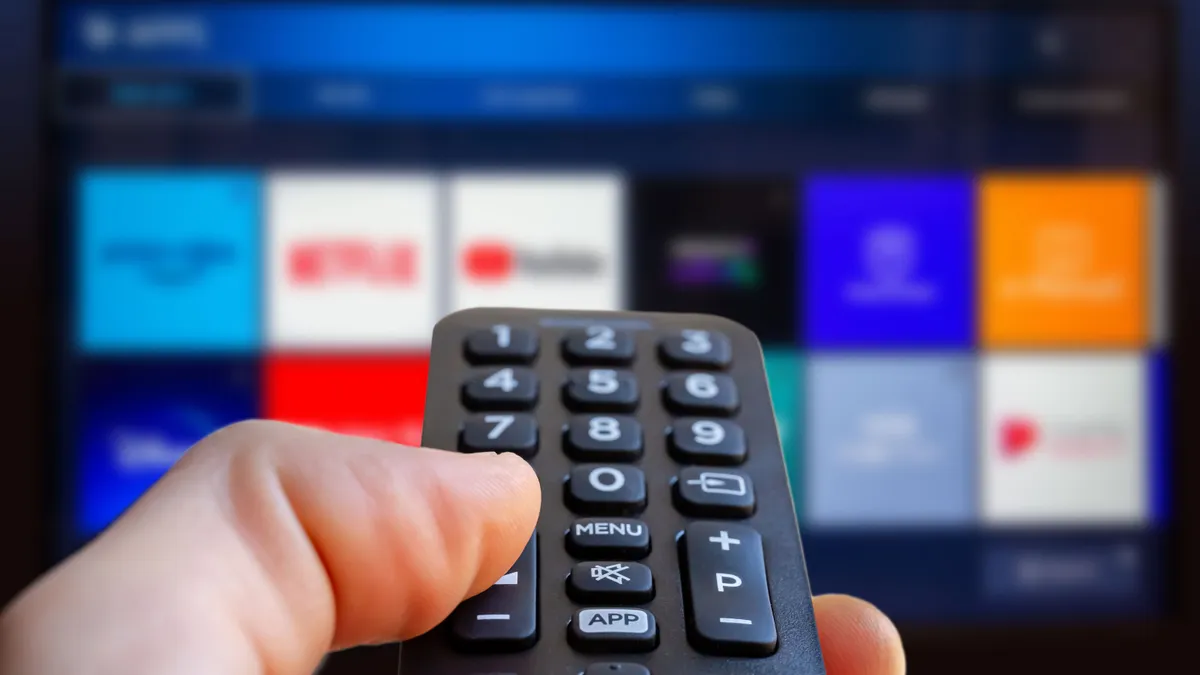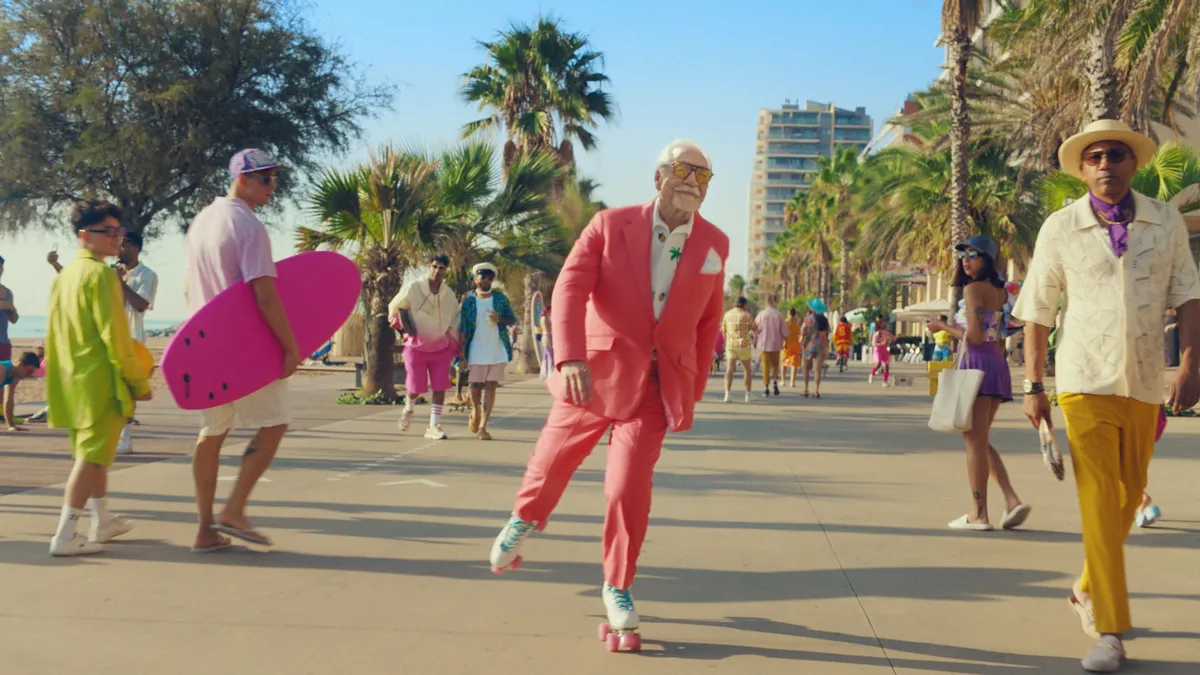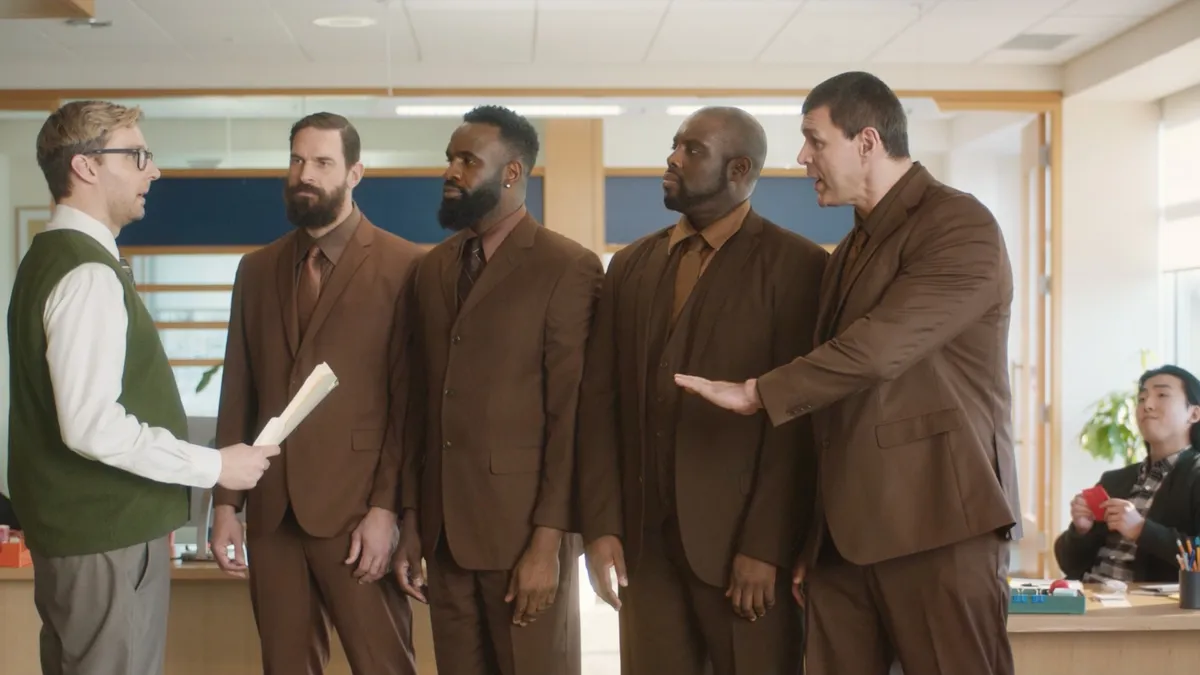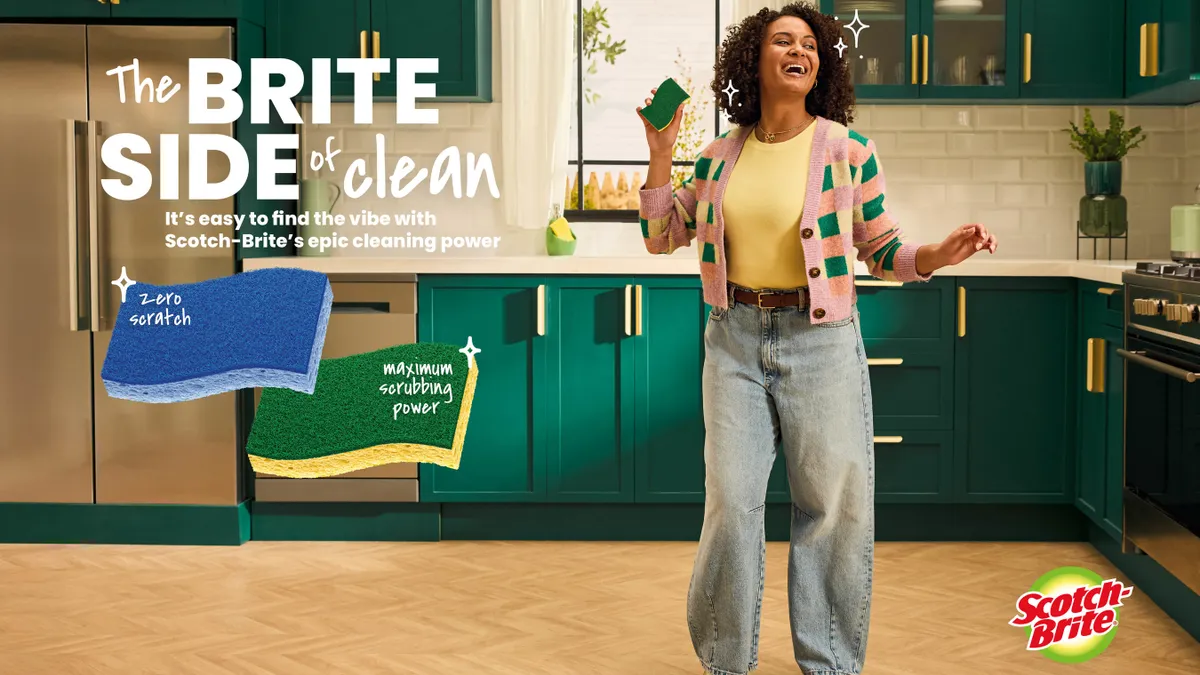Less than a week after delaying its plans to deprecate third-party cookies for the third time, Google took to the stage to hawk its video strengths to brands and agencies as part of the Interactive Advertising Bureau’s NewFronts. A key part of the company’s pitch: Connected TV (CTV) stands to be a more aboveboard model than digital, which is undergoing a painful transition away from old methods of ad targeting that have landed in the crosshairs of regulators and creeped out privacy-conscious consumers.
Emergent tech like artificial intelligence (AI) was positioned as a means to enable a better path forward, but the notoriously insular walled garden also opened the door to deeper collaboration in the CTV arena.
“Privacy may not be front and center in CTV conversations today, but trust me, that will change. We actually have an amazing opportunity to get this right from day one,” said Adam Stewart, vice president of consumer goods and entertainment at Google, during the NewFronts kickoff, which was livestreamed via YouTube. “Because CTV has never used third-party cookies, we can start fresh instead of recreating outdated techniques.”
Google used the presentation to promote its Display & Video 360 demand-side platform, with a focus on a partnership ecosystem that includes some of the biggest streaming players like Disney, Paramount, NBCUniversal and Warner Bros. Discovery. The firm is among the first to directly integrate into Disney’s Real-time Ad Exchange (DRAX), giving advertisers access to the entertainment giant’s inventory. YouTube, the crown jewel of Google’s video bets, was also in the spotlight thanks to 1 billion hours of content watched on TV screens daily. YouTube will host a separate Brandcast showcase in May.
Simplicity and streamlining were two recurrent themes on the product announcement front Monday. Google is introducing a feature called instant deals that allows media buyers using Display & Video 360 to broker custom deals with publishers while “skipping the complex negotiation process,” per a blog post. Instant deals are already available for select YouTube ad products like YouTube Select and Masthead but are now expanding to publisher partners like Disney.
AI, which is driving strategy across Google’s ecosystem, also received a lot of discussion. A new commitment optimizer tool will help agencies juggle different yearly deals between various publishers, attempting to replace tedious spreadsheet work. In addition, Google unveiled an audience persona capability, arriving this summer, that aligns audience segments with marketers’ goals with the aid of generative AI and a custom bidding solution that optimizes campaigns for behaviors like “time on screen.” Custom bidding will soon include CTV-specific signals, like content genre, according to Google.
“We need to rethink programmatic TV altogether. We can’t plug an old model into a new era, we have to invent the new status quo. The choices that we make today matter,” said Sean Downey, president of Americas and global partners at Google. “When you consolidate your streaming with Google, you can do so much.”
Cookies loom large
Even as Google trumpeted Display & Video 360 as a one-stop destination for video buyers, executives harped on the need for the industry to come together to avoid past privacy stumbles. Google’s effort to implement its replacement for cookies, called the Privacy Sandbox, has been met with pushback from regulators and trade groups, hence the recent delays. Among the most vocal critics has been the IAB Tech Lab, an industry consortium associated with the IAB.
“We all know it’s imperative to continue to work together to navigate the signal loss like third-party cookies,” said Kristen O’Hara, vice president of agency, platforms and client solutions at Google, at the NewFronts. “But it’s also imperative that we start to incorporate new solutions that are actually going to help this industry build trust between brands and consumers.”
To that end, Google touted progress with a first-party identity solution centered on streaming called Publisher Advertiser Identity Reconciliation (PAIR). PAIR, which avoids the type of data pooling that tends to raise privacy alarms, has been adopted by NBCUniversal and data clean-room providers such as LiveRamp and InfoSum. It is coming to Disney with the new DRAX integration and also being open-sourced to the IAB Tech Lab, meaning other ad-tech companies can get a peek under the hood.
“It’s a protocol that gives advertisers the ability to show relevant ads to some of their highest-intent audiences,” said Google’s Stewart. “This helps increase advertising performance and hit marketing objectives while truly respecting people's privacy expectations.”
Google pushing an offering like PAIR to be open-source was seen as a positive by some media watchers, though not necessarily an equalizer in a digital landscape that continues to advantage players with the deepest pockets.
“It’s great to see PAIR moving to an open-sourced, broader access technology. Up until now, it’s largely been a Google initiative for Google channels only, which comes with its own set of constraints for brands,” said Mark Zamuner, president of Juice Media, over email. “But, the reality is that the mega brands who have extensive first-party data will still have a major advantage and there will continue to be a major disparity between the 'haves' and ‘have-nots.’
“The majority of mid-tier brands lack the infrastructure to integrate technologies like PAIR or will need to shift their resourcing to keep pace,” Zamuner added.






















